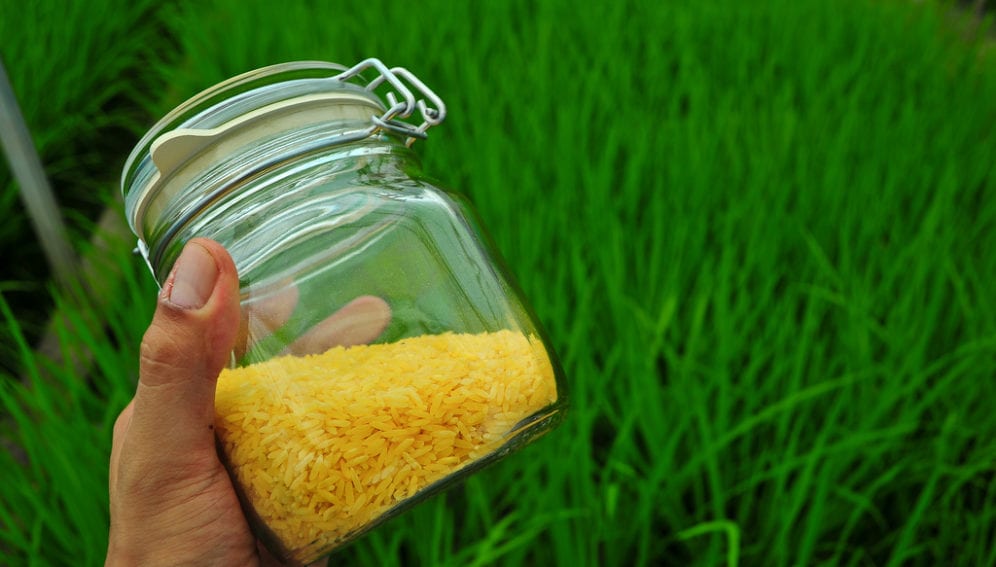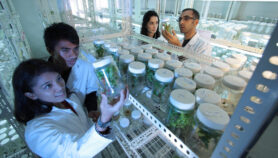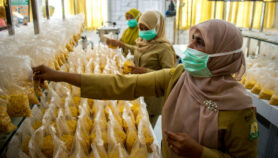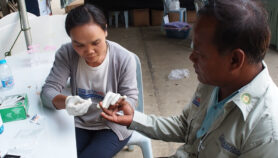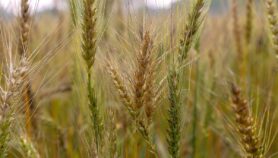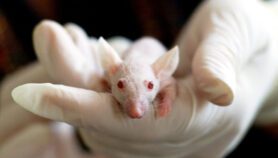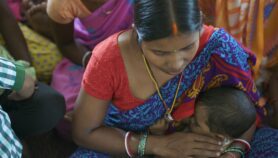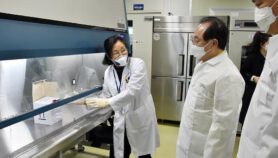By: Prime Sarmiento
Send to a friend
The details you provide on this page will not be used to send unsolicited email, and will not be sold to a 3rd party. See privacy policy.
[MANILA] Research into genetically-modified golden rice will continue with a view to reaching commercialisation within two years — despite activists destroying field trials in the Philippines last week — according to the institute working on the crop.
Bruce Tolentino, spokesperson for the International Rice Research Institute (IRRI) in the Philippines, says the organisation will continue with field tests, and stresses that golden rice will help to promote good health and food security.
Tolentino tells SciDev.Net that he is dismayed that farmers have resorted to vandalism to prevent further studies against a crop meant to reduce vitamin A deficiency — one of the main causes of blindness among preschool children in Asia.
"I don't know why we can't just have a dialogue [with protestors] about the golden rice," Tolentino says.
Last week, about 400 farmers and environmentalists stormed a field site in the Philippines province of Camarines Norte, to uproot the golden rice being tested by IRRI and officials from the government's Ministry of Agriculture.
The activists explained that they attacked the field site to protest against a rice variant that they say will endanger human health, local biodiversity and farmers' livelihoods.
IRRI immediately issued a statement, expressing their disappointment over the "vandalism" but insisted it was an isolated incident.
Tolentino says the opposition to golden rice, as well as other GM crops, is merely the result of unwillingness to accept what has been proven by science.
Golden rice draws its distinctive colour from beta carotene, a precursor of vitamin A. The rice was developed with GM techniques, using genes from both corn and a common soil microorganism.
A research paper published in the American Journal of Clinical Nutrition in 2009 revealed that the daily consumption of one cup of golden rice can provide up to 50 per cent of the adult recommended daily allowance of vitamin A.
In Asia, where rice is a staple, Tolentino says golden rice is one of the best ways to cut the prevalence of vitamin A deficiency, where changing people's diets can be difficult, and where food supplements are prohibitively expensive.
The WHO says that, across Asia, 1.7 million children aged six months to five years are suffering from vitamin A deficiency. Bangladesh and the Philippines, where IRRI is conducting golden rice field trials, both have high vitamin A deficiency incidence.
But some farmers and environmentalists are critical of golden rice's apparent benefits. They say that, instead of developing golden rice, the government of the Philippines could just promote the planting and eating of indigenous and affordable fruits and vegetables that are rich in beta-carotene, such as squash.
"There is no need for the government to use a significant amount of resources for developing GM crops when there are available and cheap solutions to vitamin A deficiency," Greenpeace programme manager Beau Baconguis says.
Baconguis insists that GM techniques used to develop golden rice are risky and untested. She adds that the real reasons for the country's vitamin A deficiency problems are poverty and poor food access.
Link to full study in American Journal of Clinical Nutrition
References
American Journal of Clinical Nutrition doi: 10.3945/ajcn.2008.27119 (2009)


